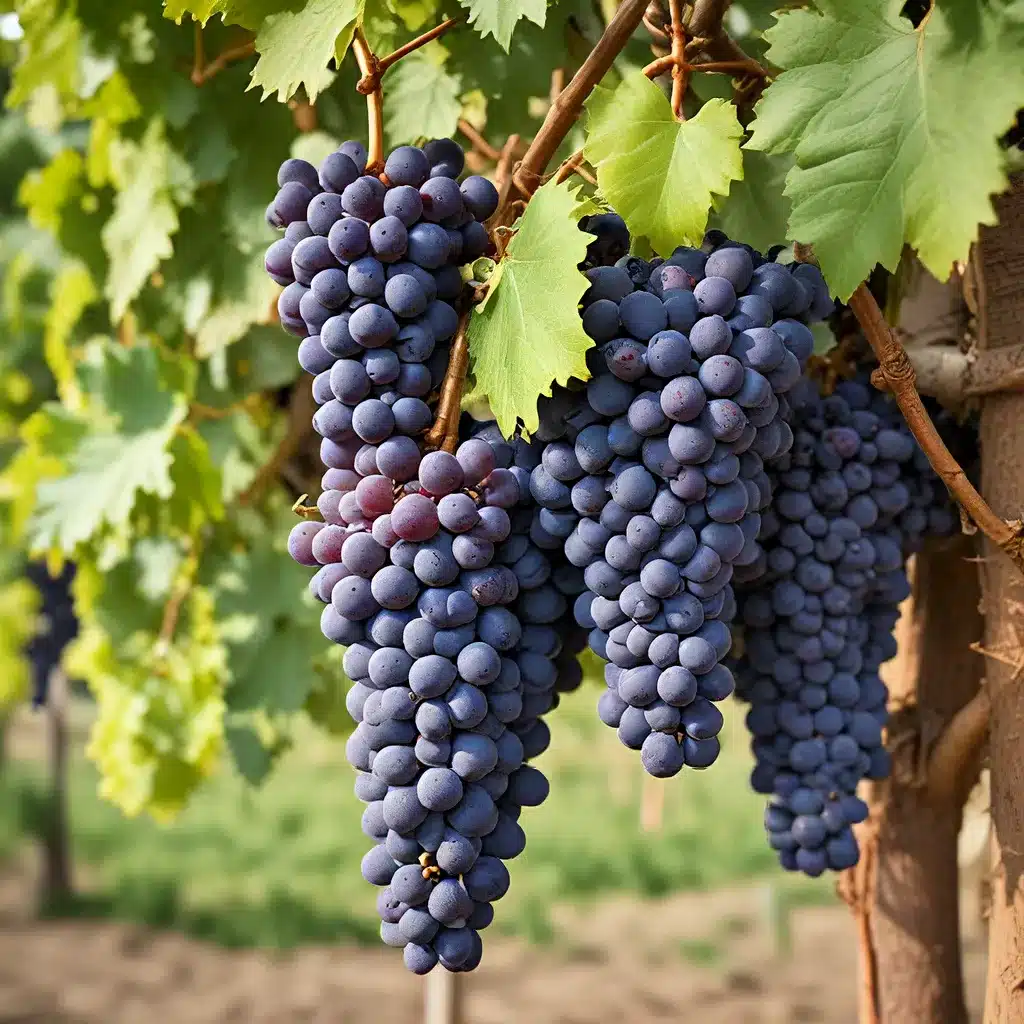
Embracing the Future of Viticulture through Sensor Technology
As the world grapples with the challenges posed by climate change, the wine industry is at the forefront of adapting to these new realities. Precision viticulture, the practice of using advanced technologies to optimize grape cultivation, has emerged as a powerful tool in the winemaker’s arsenal. At the heart of this revolution are sensor networks, which are transforming the way vineyards are managed and monitored.
The integration of sensor networks into viticulture offers a multitude of benefits, from improving grape quality and increasing yields to enhancing sustainability and reducing environmental impact. By leveraging the power of data-driven insights, vintners can make more informed decisions, adapt to changing weather patterns, and ensure the long-term viability of their operations.
The Sensor Network Advantage in Viticulture
Sensor networks in viticulture typically comprise a network of interconnected devices that capture and transmit a wide range of environmental data, such as soil moisture, temperature, humidity, and solar radiation. These sensors are strategically placed throughout the vineyard, providing a comprehensive view of the growing conditions.
The data collected by these sensor networks can then be analyzed using advanced data analytics and machine learning algorithms to identify patterns, predict environmental changes, and optimize vineyard management practices. This data-driven approach to viticulture allows growers to make more informed decisions, leading to improved grape quality, increased yields, and enhanced sustainability.
One of the key advantages of sensor networks in viticulture is their ability to monitor environmental conditions in real-time. By continuously collecting and analyzing data, growers can respond quickly to changes in the vineyard, such as sudden temperature fluctuations or the onset of pests and diseases. This proactive approach enables them to take targeted actions, such as adjusting irrigation schedules, applying targeted pest control measures, or adapting canopy management practices, to ensure the health and productivity of their vines.
Optimizing Grape Quality and Yield with Sensor Networks
The precision and granularity of data provided by sensor networks can have a significant impact on grape quality and yield. By monitoring soil moisture levels, growers can fine-tune irrigation schedules, ensuring that vines receive the optimal amount of water, reducing water waste and improving grape development. Similarly, temperature and humidity sensors can help identify microclimate variations within the vineyard, allowing growers to adjust canopy management techniques or implement targeted frost protection measures to protect delicate grape clusters.
Moreover, sensor-enabled data analytics can help identify the optimal harvest time, taking into account factors such as sugar content, acidity, and phenolic maturity**. This level of precision is crucial in producing high-quality wines that reflect the unique terroir of the vineyard.
In addition to improving grape quality, sensor networks can also contribute to increased yields. By monitoring plant health and vigor, growers can detect and address issues such as nutrient deficiencies or disease outbreaks before they become widespread, ensuring that vines reach their full potential. Furthermore, precision irrigation and canopy management enabled by sensor data can optimize the use of resources, leading to higher grape yields per acre.
Enhancing Sustainability and Resilience with Sensor Networks
The environmental benefits of sensor networks in viticulture extend beyond just improving grape quality and yield. By providing real-time data on soil moisture, nutrient levels, and water usage, these networks can help growers optimize their resource management, reducing water consumption, minimizing fertilizer and pesticide application, and promoting sustainable practices.
Moreover, sensor networks can play a crucial role in adapting to the challenges posed by climate change. As weather patterns become more unpredictable, sensor-enabled early warning systems can help growers anticipate and respond to extreme weather events, such as droughts, frost, or heatwaves, safeguarding their vineyards and ensuring long-term resilience.
Securing the Future of Viticulture with Sensor Networks
As the adoption of sensor networks in viticulture continues to grow, it is essential to address the security and privacy concerns that come with the increasing connectivity of these systems.
Robust cybersecurity measures, such as encryption, access controls, and network segmentation, are crucial to protect sensor data and prevent unauthorized access. Additionally, data privacy must be a top priority, ensuring that grower and client information is safeguarded in accordance with industry regulations and best practices.
By addressing these security and privacy challenges, the wine industry can fully harness the transformative power of sensor networks, securing the future of viticulture and delivering high-quality, sustainable wines to consumers worldwide.
Conclusion: Embracing the Sensor-Powered Future of Viticulture
The integration of sensor networks into viticulture is a game-changing development that is revolutionizing the way we grow and produce wine. By leveraging the power of data-driven insights, growers can optimize their operations, improve grape quality and yield, and enhance the sustainability of their vineyards. As the challenges posed by climate change continue to mount, sensor networks offer a reliable and adaptable solution to help the wine industry navigate these uncertain times and ensure the long-term viability of this cherished industry.
Sensor-networks.org is at the forefront of exploring the potential of sensor technologies in various industries, including viticulture. We invite you to explore our resources and discover how sensor networks can empower your vineyard to thrive in the face of a changing climate.